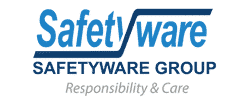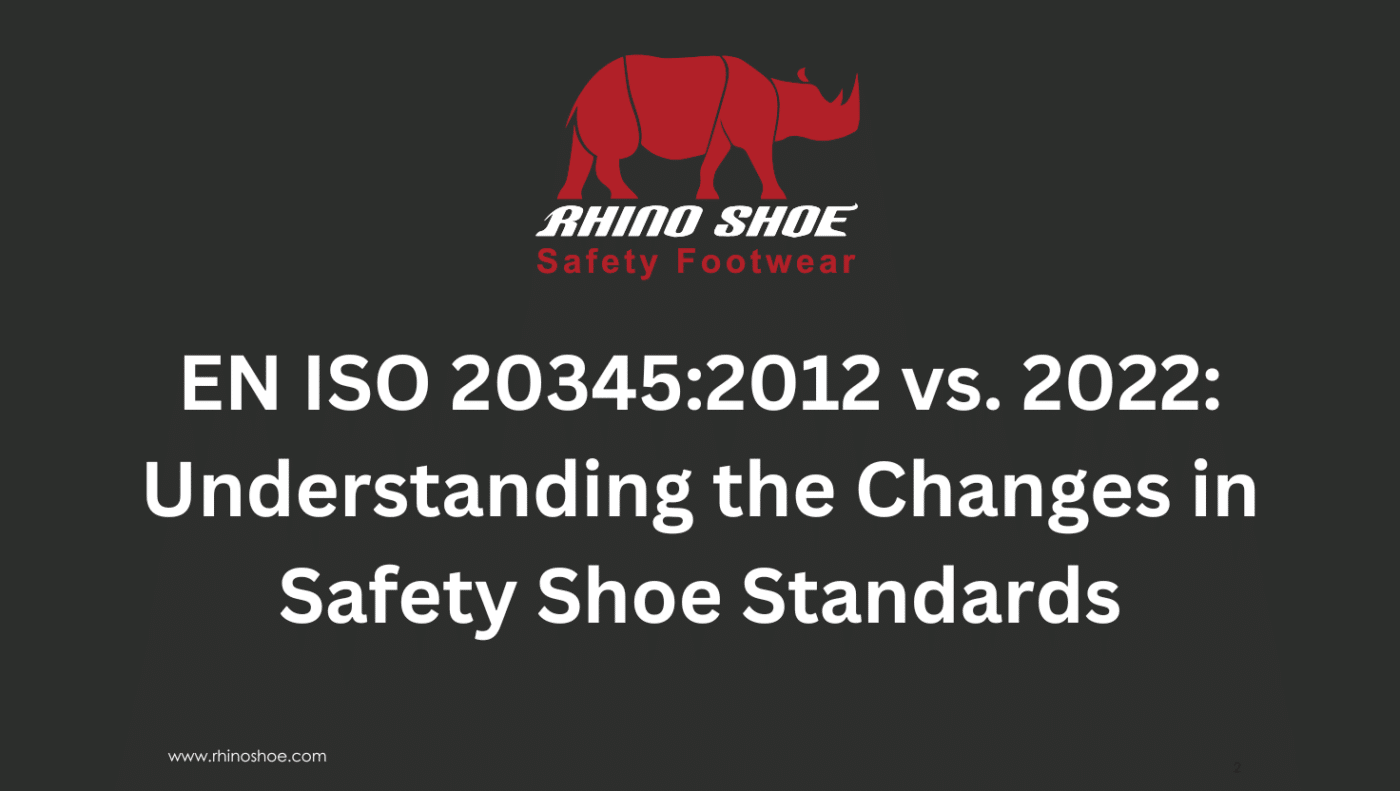1. Slip Resistance: Simplified Classifications
The previous slip resistance classifications (SRA, SRB, SRC) have been retired. Under EN ISO 20345:2022, basic certification now includes slip resistance testing equivalent to the former SRA standard, conducted on ceramic tiles with glycerine. This eliminates the need for separate markings, streamlining compliance. For specialized environments, manufacturers can opt for an additional SR (Slip Resistance) test. Footwear with studs or unconventional soles that cannot undergo standard testing may now carry the Ø symbol, indicating exemption due to design constraints.
2. Perforation Resistance: Material-Specific Clarity
The updated standard provides greater transparency regarding nail penetration protection. Previously marked simply as P, perforation resistance now differentiates between materials and test nail sizes:
- P denotes steel inserts tested with a 4.5mm nail.
- PL indicates non-metal inserts tested with a 4.5mm nail.
- PS represents non-metal inserts subjected to a stricter 3mm nail test, ensuring higher pressure resistance.
This granularity helps users select footwear tailored to specific hazards, such as construction sites or manufacturing floors.
3. Expanded Protection Levels: S6 and S7
EN ISO 20345:2022 introduces two new protection levels: S6 and S7. Both incorporate water resistance (WR) as a core requirement, addressing limitations in the prior standard.
- S6 combines the features of S2 (Water resistance upper, antistatic properties) with full water resistance, ideal for damp environments.
- S7 mirrors S3 (midsole penetration resistance, energy absorption) while adding WR for durability in wet conditions.
In addition, existing levels like S3 are now subdivided into S3, S3L, and S3S, reflecting the type of nail protection used. These updates ensure better alignment with real-world applications.
4. New Optional Tests and Markings
The number of additional requirements has grown from 12 to 18, with notable additions:
- LG (Ladder Grip): Previously reserved for firefighter boots, this test evaluates grip on ladder rungs and is now available for all safety shoes.
- WPA (Water Penetration and Absorption): Replacing the WRU (Water Repellent Upper) standard, WPA assesses seam integrity and material absorption to ensure holistic water resistance.
- SC (Scuff Cap): Measures abrasion resistance of toe caps, extending product lifespan in rugged environments.
These optional tests allow employers to prioritize features based on workplace hazards, such as oil resistance (FO) or cut resistance (CR).
5. FO Resistance: Now Optional
Resistance to fuel oil (FO) is no longer mandatory for S1-S5 safety shoes. While it remains a valuable feature for industries like automotive or petroleum, its optional status offers flexibility for workplaces where hydrocarbon exposure is minimal.
6. Compliance Deadlines
All safety shoes launched after March 30, 2023 are required to be certified in accordance with EN ISO 20345:2022. Certificates issued under EN ISO 20345:2011 were valid until November 11, 2024. Existing stock certified under the 2011 standard can continue to be sold until their 5-year certification expires. This phased transition ensures minimal disruption while encouraging manufacturers to adopt enhanced safety features.
Key Updates to EN ISO 20345:2022 (Safety Footwear Standards)
| Feature | Previous Standard | 2022 Updates | Purpose |
|---|---|---|---|
| Slip Resistance | SRA/SRB/SRC markings | Basic certification now includes SRA-equivalent testing (ceramic tiles + soap solution). Optional SR test (glycerol solution). Untestable designs marked with Ø. | Simplifies compliance; clarifies slip risks in specialized environments. |
| Perforation Resistance | Single P marking | Differentiated by material and nail size: P (steel, 4.5mm), PL (non-metal, 4.5mm), PS (non-metal, 3mm). | Improves transparency for hazard-specific protection. |
| Protection Levels | S1–S5 | New S6 (S2 + waterproof) and S7 (S3 + waterproof). Subcategories like S3S/S3L added for nail protection. | Addresses water resistance gaps in older standards. |
| Optional Tests | 12 additional features | Expanded to 18 features, including LG (ladder grip), WPA (water absorption), and SC (scuff cap). | Allows customization for workplace-specific risks. |
| FO Resistance | Mandatory for S1–S5 | Now optional. Recommended for hydrocarbon-exposed workplaces but no longer required for certification. | Reduces unnecessary compliance costs for low-risk industries. |
| Transition Period | EN ISO 20345:2011 valid until 2024 | New certifications required after March 30, 2023. Old-certified stock can circulate until expiration (up to 5 years). | Phased adoption minimizes market disruption. |
Why Transition to EN ISO 20345:2022?
The 2022 revision prioritizes real-world applicability, material transparency, and worker protection. From improved slip testing to detailed perforation resistance markings, these updates empower businesses to make informed decisions about safety footwear.
Last but not least, Safetyware are committed to delivering products that meet the highest safety benchmarks. Explore our EN ISO 20345:2022-certified range to equip your team with footwear designed for modern challenges.
📘 View & download the catalogue HERE.
Any inquiry? Contact us!
📩 Email: [email protected]
🌐 Website: www.safetyware.com / www.rhinoshoe.com
📞 Contact us: WhatsApp

